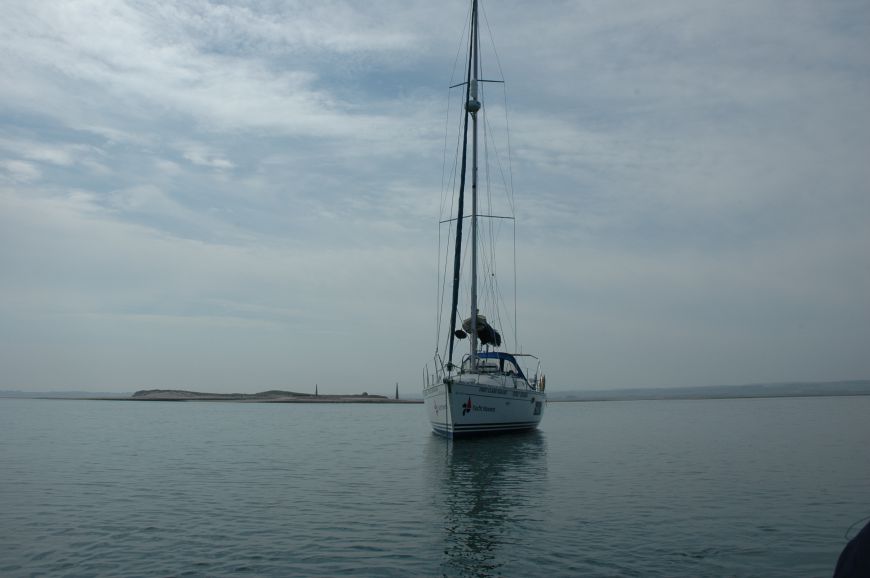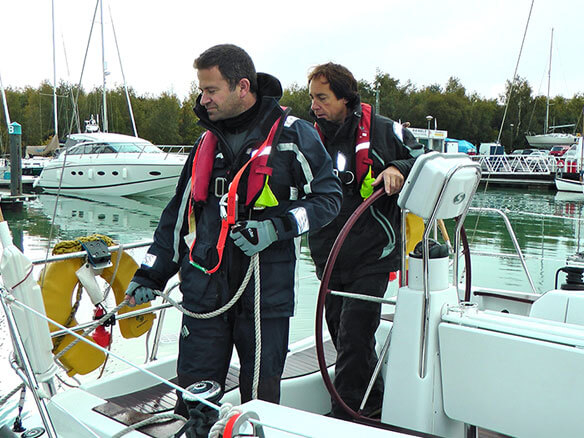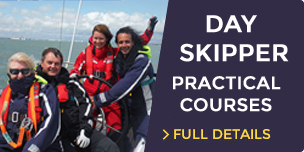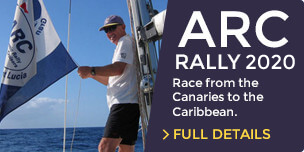What will you do if your engine won’t start?
2,080 views | August 28th, 2020Mechanical failure is the main cause of rescue call-outs to cruisers and can be one of a skipper’s biggest fears.

Knowledge is Power!
What happens if the engine fails to start? The first questions that run through the skipper’s mind are – can it be fixed, shall I call for help, or… can it be sailed to safety?
As ever; with any sailing challenge, the outcome is generally influenced by the prevailing conditions or situation you find yourself in. An engine breakdown may simply be a time-consuming pain in the neck or potentially critical predicament! ( or anywhere in-between).
Most engine failures are due to a handful of problems and can be easily rectified given a few spares, a little knowledge and a basic set of tools. No skipper should go out to sea without being armed with these fundamentals.
An RYA Diesel Engine Maintenance Course is an excellent place to start. It teaches you how an engine works and how to keep it healthy by using basic checks and maintenance procedures. It introduces the fuel, cooling and lubrication systems, as well as essential maintenance, fault recognition and “get you home” techniques.

If, however, the problem cannot be rectified at sea, this is when decisions and judgments need to be made.
You need to think about what help the crew might be – how experienced are they, the prevailing conditions and what physical hazards are there such as a lee shore and strong wind.
Do you have any contingencies as part of your passage Plan ? – a safe haven such as a bay where you can drop your anchor or an unplanned visit to a closer, downwind port.
Wind & Tide
If there is no wind it may be possible to take advantage of a favourable tide to get you close to your destination whilst you wait for wind. Some local knowledge and patience may be all you need to get that late afternoon sea breeze to get you back.
It is also possible to use your tender to give your boat an alongside tow if there is not enough wind. Simply secure your dinghy to the rear quarter and start the outboard – You might be surprised how effective this is and may be all you need to get you to safety.
Whilst a lot of wind brings its own problems there are ways you can sometimes use it to your advantage. It might be worth considering a complete change of direction and sailing downwind to a different port. Whilst this is inconvenient and not part of the passage plan it is definitely more favourable than beating against a strong wind with a tired crew and no engine to rely on if conditions worsen.
Arriving at Port Entrance
Once you have managed to sail successfully to the relative safety of a port entrance you need to start taking more factors into account to get to a safe berth or mooring.
– Can you pick up a buoy near the entrance away from other boats?
– Will the local Marina come and bring you safely in using one of their launches?
– Perhaps the local harbourmaster will offer assistance?
– Should you leave your sails up and sail in?
If you can get a tow then that is probably the safest option. The port may be very congested and it may not be that easy to get to your final destination. It’s always worth remembering how much damage you may do to other boats if you get it all wrong.
Assuming a tow is not possible and you need to make your own way – do you sail? If the conditions are suitable this is perfectly possible. Why not consider a Boat handling Master Class Course? Here among other skills, you will learn boat handling under sail – practice picking up buoys, man overboard and sailing on and off pontoons.
Getting to your mooring
If you do sail to your mooring you will probably need to take your mainsail down and go in under genoa alone – you can reduce the sail even more by furling or lowering it if you need to reduce your speed.
If the tide is too strong or going in the wrong direction it may pay to tie up somewhere safe or dropping the anchor to wait for a more suitable state where you can use it to your advantage. Your anchor can also be deployed to control your speed by letting just enough chain out to slow you down without stopping.
Another way to get to your mooring is without any sail. This will rely on windage and the tidal stream being favourable. The main thing is to try and keep the boat moving with enough to speed to maintain steering but at the same time having enough control to slow the boat. Again you can use your ground tackle as above or even a bucket deployed as a drogue. Alternatively moving the steering aggressively from port to starboard will assist taking way off the boat.
Make sure you have all your fenders down – both sides, a roving fender and boat hook ready for action. It is also worth having lines ready. A good technique used by singlehanded sailors is to attach a line to a midships cleat fed back to a winch somewhere in the cockpit to form a large loop., This is then dropped over a cleat on a pontoon and subsequently pulled in gently on the winch to bring the boat to a controlled stop.
If you ever find yourself in this predicament with a broken engine, the main thing to remember is to maintain control of your boat and take whatever steps you need to. If you find yourself going too slowly or indeed too quickly then the best approach may be to turn tail and head in the opposite direction. This will give you the time to think and plan your next move. You need to be doing enough speed through the water to maintain steerage and conversely, if you are going to fast you may need to adopt a method of taking way off the boat or you may even just need to stop and wait.
Never go faster than the speed at which you are prepared to hit something!
RYA Courses
There are a number of RYA and weekend courses that will help give you more confidence such as an RYA Diesel engine Maintenance course, a Boat Handling Master Class and VHF (Short Range Certificate) and Radar Courses. These courses will provide you with the knowledge that you need to bring your boat safely back to your home port without having to call out any of the emergency services.
Posted by: First Class Sailing









